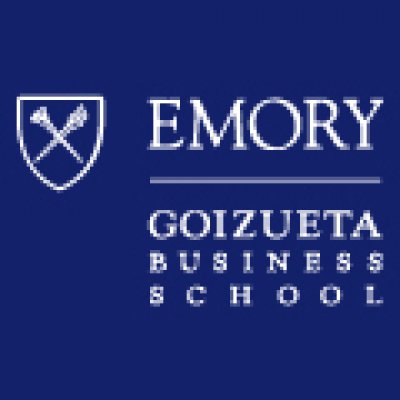L.G. Thomas
Professor of Organization & Management Emory University, Goizueta Business School
- Atlanta GA

Emory University, Goizueta Business School
View more experts managed by Emory University, Goizueta Business School
Biography
Education
Duke University
PhD
Economics
Vanderbilt University
BA
Economics
Areas of Expertise
Publications
The impact of local demand on innovation in a global industry
Strategic Management Journal2012
Localization of knowledge flows has been extensively examined in the literature on innovation. However, almost all previous research has focused on technological knowledge. This study examines why knowledge of demand can also be tacit and localized. We provide a detailed empirical study of the global pharmaceutical industry and find not only that demand is as important as technological knowledge in determining the pattern of innovation in this industry but also that innovation is a locally determined phenomenon. These findings contribute to research regarding determinants of innovations and provide an explanation for geographic patterns of innovation that is distinct from technological knowledge spillovers.
The Two Faces of Competition: Dynamic Resourcefulness and the Hypercompetitive Shift
Organization Science1996-06-01
Competition in the American economy has fundamentally changed over the last few decades, from static to dynamic. This study labels this important change the hypercompetitive shift, and documents it across 200 industries of the US manufacturing sector during I958 to 1991. For industries that undergo a hypercompetitive shift, there is an increase in the cross-firm variance in performance and a rotation in the value-rivalry relationship from a negative association to an inverted-U. As a consequence of these competitive changes, the strategic focus of firms shifts from careful exploitation of given, highly durable strategic assets to the steady creation of many new, rapidly depreciable ones.
The key driver of hypercompetitive shift is the dynamic resourcefulness of an industry, or the ease with which new strategic assets can be created. Determinants of dynamic resourcefulness include the dynamism of related transactors (notably consumers and suppliers). the knowledge base of the industry, and structural conditions that promote easy entry.
Direct and Indirect Effects of Regulation: A New Look at OSHA's Impact
University of Chicago1985-04-01
An extended series of economic studies has failed to find any statistically significant impact on national injury rates due to the OSHA. Two distinct explanations for this apparent failure of OSHA have been put forward in these studies. For the purposes of this study, the first of these explanations will be called the "noncompliance hypothesis" and the second will be labeled the "inefficiency hypothesis." The first of these hypotheses leads immediately to two dilemmas, which can only be resolved by expanding the range of issues considered in an analysis of OSHA. In practice, data limitations prevent actual examination of compliance costs. The existence and magnitude of indirect effects, however, may be inferred from asymmetries of compliance and enforcement, as explained in the paper. Addressing these issues, this study develops and tests a three-equation model of workplace inijuries, corporate noncompliance with OSHA standards, and OSHA enforcement.
In the News
It’s Good to Be a Big Corporation Again
Bloomberg online
2016-10-28
In the 2000s, a series of academic papers showed that corporate America had become a much less comfortable place for incumbents. Lots of people in corporate America already knew this, but it was helpful to see peer-reviewed evidence: L.G. Thomas and Richard D’Aveni found big increases in profit volatility among manufacturing companies from 1950 to 2002. Diego Comin and Thomas Philippon found a similar increase in the volatility of sales growth and other metrics. Many other studies delivered comparable results.

